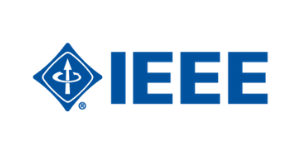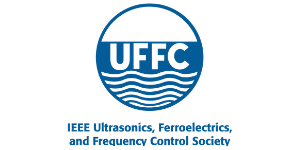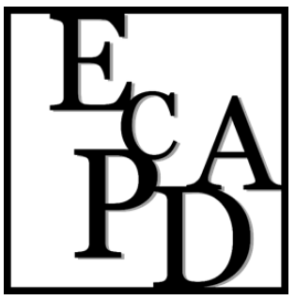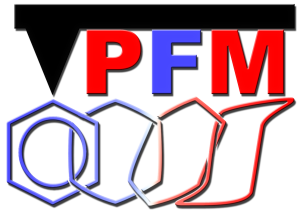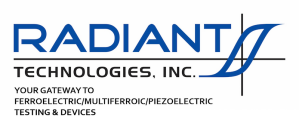ISAF
- Fundamentals of ferroelectrics and multiferroic materials (theory, modeling and experiments)
- Processing of piezoelectric crystals, ceramics, thick and thin films, composite, polymers, glass-ceramics and MLCCs.
- Lead free dielectric and piezoelectric materials
- Structure characterization and properties of ferroelectric materials (dielectric, piezoelectric, ferroelectric, pyroelectric, electrocaloric,
- flexoelectric, photovoltaics and photocatalytics, etc.)
- Applications of ferroelectrics (sensing, transducing, thermal imaging, energy harvesting and storage, etc.)
PFM
- Instrumental aspects of PFM, ESM, SS-PFM and related techniques
- Nanoelectromechanics of materials and PFM/ESM theory
- Ferroelectric tunnelling and memristor effect via PFM/ESM
- Multiferroic phenomena on the nanoscale
- Disordered ferroelectrics and mesoscopic effects by PFM
- Ferroelectric data storage and polarization lithography
- Ionic conductors, battery materials and fuel cells on the nanoscale
- Ferroelectric photovoltaics and tip-enhanced phenomena
- Ferroelectric semiconductors and surface phenomena
- Interface engineering via PFM
- Biocompatible & organic polar materials on the nanoscale
- 1D and 2D nanostructured materials via PFM
ECAPD
- Ultra-thin films and low dimensional nanostructures (including fundamentals, synthesis and characterisation)
- Domains and domain walls (including fundamentals, advanced characterisation, domain wall dynamics and engineering)
- Multiferroics and magnetoelectrics (including fundamentals, processing, and properties) Piezoelectricity (including high-performance piezoelectric single crystals and thin films, lead-free piezoelectrics, piezoelectric polymers, MEMS & other integrated piezo-devices)
- Materials for energy generation, conversion and storage (including high-energy densityand high-power capacitors, electrocalorics, thermoelectrics, pyroelectrics, piezoelectrics, photovoltaics etc. and their applications)
- Ferroelectric memory materials & devices (including novel materials, ultra-thin film synthesis and characterisation, CMOScompatible processes, device integration, nonvolatile memory and neuromorphic computing applications)
- Advanced characterisation and simulation methods for polar dielectrics (including atomic scale microscopy techniques, UV/VIS/IR/Raman/NMR etc. spectroscopy, dielectric and microwave spectroscopy, XRD and neutron diffraction techniques, ab initio simulations, molecular dynamics, artificial intelligence, accelerated material discovery, phase field method, etc.)

